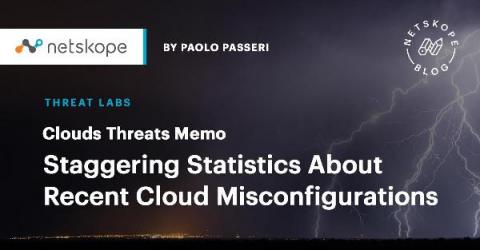What is Threat Modelling? 10 Threat Identity Methods Explained
Threat modelling is a process for identifying potential threats to an organization's network security and all the vulnerabilities that could be exploited by those threats. Most security protocols are reactive - threats are isolated and patched after they've been injected into a system. Threat modelling, on the other hand, is a proactive approach to cybersecurity, whereby potential threats are identified and anticipated.











